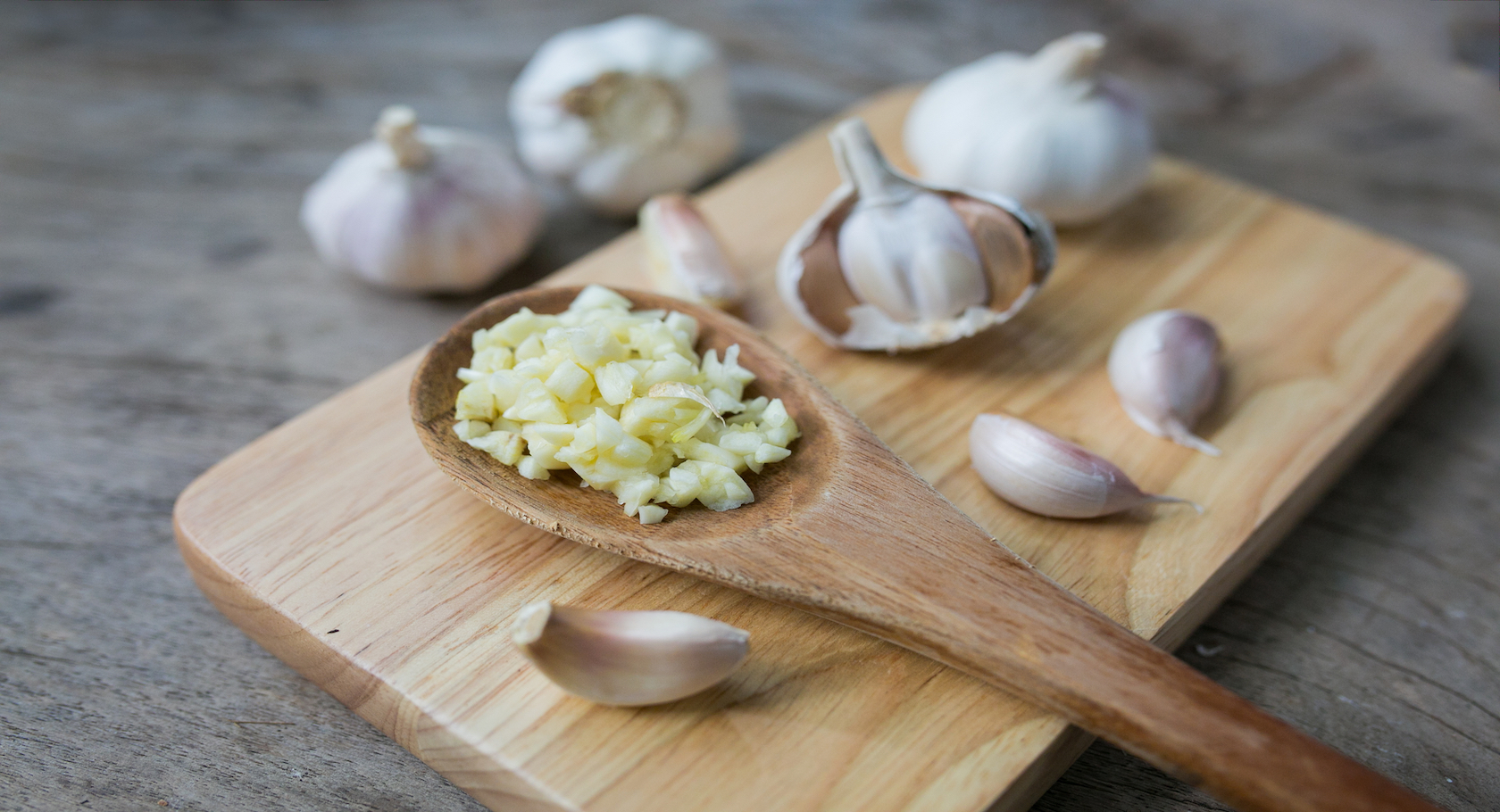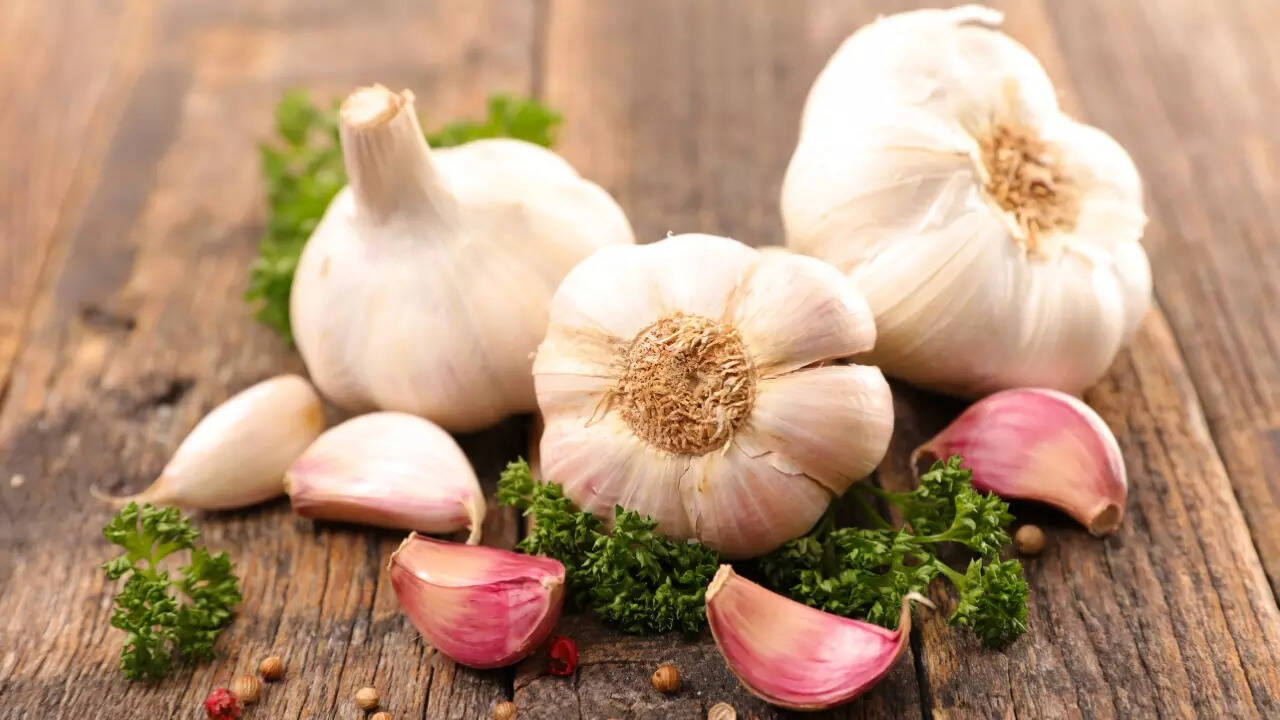
Garlic, scientifically known as Allium sativum, has been an integral part of human cuisine and medicine for thousands of years. This humble bulb is not only celebrated for its distinctive flavor and aroma but also for its remarkable health benefits. From ancient civilizations to modern-day health enthusiasts, garlic has earned a reputation as a potent natural remedy. In this comprehensive exploration of Garlic Knowledge, we will delve into its nutritional profile, health benefits, culinary uses, and potential risks, aiming to provide a thorough understanding of why garlic deserves a prominent place in our diets.
Nutritional Profile of Garlic
Garlic is a nutrient-dense food that is low in calories yet packed with essential vitamins and minerals. Here’s a closer look at its impressive nutritional composition:
Vitamins and Minerals
- Vitamin C: Garlic is a good source of vitamin C, an antioxidant that supports the immune system and promotes skin health.
- Vitamin B6: This vitamin plays a crucial role in metabolism and the formation of neurotransmitters, which are essential for brain function.
- Manganese: Garlic provides manganese, a mineral that supports bone health and metabolism.
- Selenium: This antioxidant mineral helps protect cells from damage and supports thyroid function.
- Calcium and Potassium: These minerals are important for bone health and maintaining proper muscle function.
Phytochemicals
Garlic contains several bioactive compounds, including:
- Allicin: This sulfur compound is responsible for garlic’s distinctive smell and many of its health benefits, including antimicrobial and anti-inflammatory properties.
- Diallyl sulfide: Another sulfur compound that may help reduce cholesterol levels and support heart health.
- Flavonoids: These antioxidants help combat oxidative stress and inflammation in the body.
Health Benefits of Garlic
1. Boosts Immune Function
Garlic has long been associated with immune system support. Research suggests that garlic can enhance the function of immune cells, helping the body fend off infections and diseases.
Mechanism of Action
The active compounds in garlic, particularly allicin, stimulate the production of white blood cells, which are crucial for fighting infections. Additionally, garlic’s antimicrobial properties help combat bacteria, viruses, and fungi.
Applications
- Daily Consumption: Incorporating raw or cooked garlic into your meals can provide ongoing immune support. Try adding minced garlic to salad dressings, sauces, or marinades.
- Garlic Supplements: During cold and flu season, consider garlic supplements to bolster your immune defenses. Always consult a healthcare provider before starting any new supplement regimen.
2. Supports Heart Health
Garlic is widely recognized for its cardiovascular benefits. Studies have shown that regular garlic consumption can lower blood pressure, reduce cholesterol levels, and improve overall heart health.
Mechanism of Action
Garlic helps relax blood vessels and improve blood flow, which can lead to lower blood pressure. Additionally, it reduces the levels of LDL (bad) cholesterol while increasing HDL (good) cholesterol, contributing to a healthier lipid profile.
Applications
- Heart-Healthy Diet: Use garlic liberally in heart-healthy dishes. For example, sauté garlic with leafy greens or add it to whole grain pasta for a nutritious meal.
- Garlic Oil: Consider using garlic-infused olive oil as a flavorful dressing for salads or as a dip for whole-grain bread.
3. Anti-Inflammatory Properties
Chronic inflammation is linked to various health issues, including heart disease, diabetes, and cancer. Garlic’s anti-inflammatory properties can help mitigate these risks.
Mechanism of Action
Garlic contains antioxidants that combat oxidative stress and inflammation. By reducing the production of pro-inflammatory cytokines, garlic helps lower inflammation levels in the body.
Applications
- Incorporate in Meals: Add garlic to soups, stews, and stir-fries to harness its anti-inflammatory benefits. Combining garlic with other anti-inflammatory foods, such as turmeric and ginger, can amplify its effects.
- Garlic Paste: Create a garlic paste by blending garlic with olive oil and herbs to use as a marinade for meats and vegetables.
4. May Help Prevent Certain Cancers
Research has suggested that garlic consumption may be linked to a reduced risk of certain cancers, particularly stomach and colorectal cancers.
Mechanism of Action
The sulfur compounds in garlic may inhibit the growth of cancer cells and enhance the body’s detoxification processes. Garlic also contains antioxidants that help protect cells from damage caused by free radicals.
Applications
- Regular Intake: Aim to include garlic in your diet regularly as part of a balanced diet rich in fruits, vegetables, and whole grains.
- Garlic Supplements: Consult with a healthcare provider about the potential benefits of garlic supplements for cancer prevention, especially if you have a family history of cancer.
5. Enhances Detoxification
Garlic is known to support the liver’s detoxification processes, helping the body eliminate harmful substances.
Mechanism of Action
The sulfur compounds in garlic promote the production of detoxifying enzymes in the liver, which help break down toxins and facilitate their removal from the body.
Applications
- Detox Recipes: Incorporate garlic into detox smoothies or juices. For example, blend garlic with lemon juice, ginger, and spinach for a refreshing detox drink.
- Cooking Methods: Use garlic in stir-fries, roasted vegetables, and soups to enhance flavor while promoting detoxification.
Culinary Uses of Garlic
Garlic is a versatile ingredient that can be used in countless dishes. Here are some delicious ways to incorporate garlic into your meals:
1. Raw Garlic
- Salads: Mince raw garlic and add it to salad dressings for a zesty flavor. Combine with olive oil, vinegar, and herbs for a refreshing dressing.
- Dips: Blend raw garlic into hummus or guacamole for an extra health boost. The creamy texture of these dips pairs well with the sharpness of raw garlic.
2. Cooked Garlic
- Sautéing: Sauté garlic in olive oil as a base for stir-fries, sauces, and soups. Be careful not to burn the garlic, as it can become bitter.
- Roasting: Roast whole garlic bulbs for a sweet, mellow flavor. Simply slice off the top, drizzle with olive oil, wrap in foil, and roast until soft. Roasted garlic can be spread on bread or added to mashed potatoes.
3. Garlic Supplements
- Capsules: If you prefer a concentrated form without the strong flavor, consider garlic capsules. They can provide the health benefits of garlic without the taste.
- Garlic Powder: Use garlic powder as a seasoning in cooking for convenience. It can be sprinkled on meats, vegetables, or popcorn for added flavor.
Potential Health Risks and Considerations
While garlic is generally safe for most people, there are some considerations to keep in mind:
1. Allergies
Some individuals may have allergies to garlic, leading to gastrointestinal distress or skin reactions. If you experience unusual symptoms after consuming garlic, consult a healthcare provider.
2. Blood Thinning
Garlic can act as a natural blood thinner, which may enhance the effects of anticoagulant medications. If you are on blood-thinning medication, consult your healthcare provider before significantly increasing your garlic intake.
3. Digestive Issues
Consuming large amounts of garlic may lead to digestive discomfort, including bloating, gas, and heartburn. It’s best to start with small amounts and gradually increase your intake to assess your tolerance.
Conclusion
Garlic is a remarkable natural remedy that offers a wealth of health benefits. From boosting immune function to supporting heart health and enhancing detoxification, garlic is a versatile superfood that can easily be incorporated into your diet. Understanding Garlic Knowledge allows you to appreciate its role in promoting health and well-being.
By embracing garlic as a staple in your meals, you can enjoy its culinary delights while reaping its numerous health advantages. Whether you prefer it raw, cooked, or in supplement form, garlic is a powerful ally in your journey toward better health. Embrace the power of garlic and enhance your meals and health today!
Read Also About Peppers, from sweet bell peppers to spicy chili varieties, are a versatile vegetable that adds flavor and heat to a wide range of dishes. Rich in vitamins A and C, antioxidants, and fiber, peppers offer a variety of health benefits.








